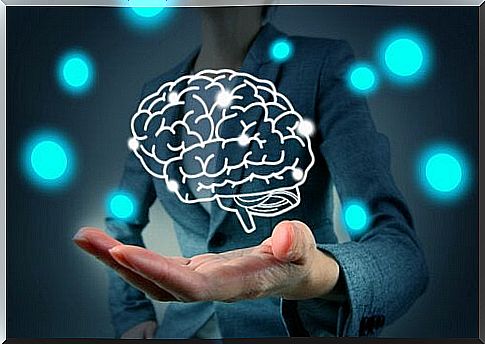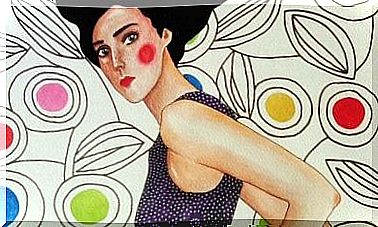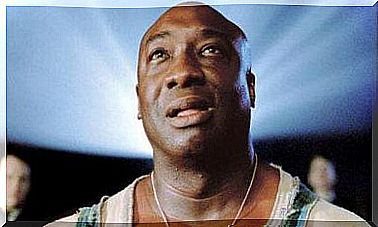The Evolution In The Treatment Of Mental Health Problems

The technology makes progress and make science discovers new things that make our lives easier. Psychology has not been left behind either. The treatment of mental health problems and the way we deal with them have evolved.
Mental health and the therapies of the first wave
In the early stages of psychology, people began to treat mental health problems with what we now call first-wave therapies. This way of working on mental health meant thinking about mechanisms of learning and “unlearning”: action and reaction behaviour. Basically, the stimulus and the way you learned to experience it determined your response.
And your reactions got stronger or more likely the more you repeated them. A behavior that was accompanied by a reward, you learned quickly. It rose high up the ladder of your behavioral responses. On the other hand, a response could disappear when it was no longer reinforced. He could even disappear more easily if there was a penalty involved.
The first wave helped us understand one of the most fundamental learning mechanisms: conditioning. So, of course, one of the branches of psychology that evolved within that idea was the psychology of education.
In those ideas, it saw a learning model based on rewards and punishments. It also helped us understand how and why we form such strong associations between certain stimuli.

Mental health problems and the therapies of the second wave
As the years went by, our way of working with mental health issues evolved. What followed was the second wave therapies. How has this second generation changed things?
People realized that we didn’t always act on the basis of stimuli and reactions. No, there was actually something between those two things. But what could it be? Well, it was the brain, emotions, cognition and desires. So it was in fact the fundamental essence of every person.
That is why our way of thinking is so important in second wave therapies. We are what we learn. But we are also what we make of what we learn. The ideas of the second wave meant that we were no longer passive. No, we were active. And that meant that our scope for trading was actually broadening.
The cognitive psychology
Cognition is what leads us to confront the world in one way or another. By this we mean that reality is important. But what is more important is how you perceive and interpret reality. Therefore, the second wave therapies began to work on people’s attitudes, emotions and prejudices.
We came to see ourselves as more than just machines that merely respond to what we have learned. This led to the study of the mind itself. Serious efforts were made to understand exactly what was happening in our “black box”. What causes the development of disorders? What causes us to have such conflicting feelings? For example, how can a little happiness actually make someone feel sad?
This new way of understanding our behavior has also shed light on a problem we still face today: measurements. It’s really easy to determine how far apart two places are. But we have a hard time figuring out exactly how much anxiety a person experiences.
The therapies of the third wave
The second wave helped us with self-actualization. But despite our progress, people were able to identify that there were still many mental health problems for which we had no solutions. That’s how the third wave therapies came about.
These therapies recognized that we didn’t misunderstand the way to solve the problem. What we misunderstood was our relationship to the problem. So people started trying to make people’s problems part of the process. They tried not to immediately solve the problems.
They were aiming for the next goal. We had to learn to live with problems for which there is no solution (or at least no quick solution) without them taking over or damaging our lives. Here you will see the more recent therapies. Some forms are causing a stir and are gaining momentum, such as mindfulness, acceptance therapies, and so on.
The problem with these types of therapies is that it is difficult to conduct scientific research on their effectiveness. That means there are serious psychologists who apply the third wave therapies. But there are also scammers and unlicensed practitioners. That’s why some areas of psychology don’t have much respect for these therapies.
Finally
So we have now made a quick overview of the three waves of therapy in psychology. They differ in how they understand our behavior, thoughts and emotions. This provides us with some valuable perspectives.
You have now been introduced to some of the ways in which psychology has evolved. So it’s probably easy to see why it’s so good that we have different views of our thoughts, behaviors, and emotions. And if you think about it for a moment, this diversity of perspectives is also rewarding for the psychologists themselves. Each generation has given them different tools that they can apply in their practice.








